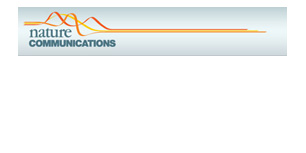Optimal Designs for Pairwise Calculation: an Application to Free Energy Perturbation in Minimizing Prediction Variability
Pairwise-based methods such as the free energy perturbation (FEP) method have been widely deployed to compute the binding free energy differences between two similar host–guest complexes. The calculated pairwise free energy difference is either directly adopted or transformed to absolute binding free energy for molecule rank ordering. We investigated, through both analytic derivations and simulations, how the selection of pairs in the experiment could impact the overall prediction precision. Our studies showed that (1) the estimated absolute binding free energy (urn:x-wiley:01928651:media:jcc26095:jcc26095-math-0001) derived from calculated pairwise differences (ΔΔG) through weighted least squares fitting is more precise in prediction than the pairwise difference values when the number of pairs is more than the number of ligands and (2) prediction precision is influenced by both the total number of pairs and the specifically selected pairs, the latter being critically important when the number of calculated pairs is limited. Furthermore, we applied optimal experimental design in pair selection and found that the optimally selected pairs can outperform randomly selected pairs in prediction precision. In an illustrative example, we showed that, upon weighing ligand structure similarity into design optimization, the weighted optimal designs are more efficient than the literature reported designs. This work provides a new approach to assess retrospective pairwise-based prediction results, and a method to design new prospective pairwise-based experiments for molecular lead optimization. © 2019 Wiley Periodicals, Inc.
Recommended for you
-

 Novel Computational Approach to Guide Impurities Rejection by Crystallization: A Case Study of MRTX849 Impurities
Novel Computational Approach to Guide Impurities Rejection by Crystallization: A Case Study of MRTX849 Impurities -

 Structural identification of vasodilator binding sites on the SUR2 subunit
Structural identification of vasodilator binding sites on the SUR2 subunit -

 Toward accurate and efficient dynamic computational strategy for heterogeneous catalysis: Temperature-dependent thermodynamics and kinetics for the chemisorbed on-surface CO
Toward accurate and efficient dynamic computational strategy for heterogeneous catalysis: Temperature-dependent thermodynamics and kinetics for the chemisorbed on-surface CO








